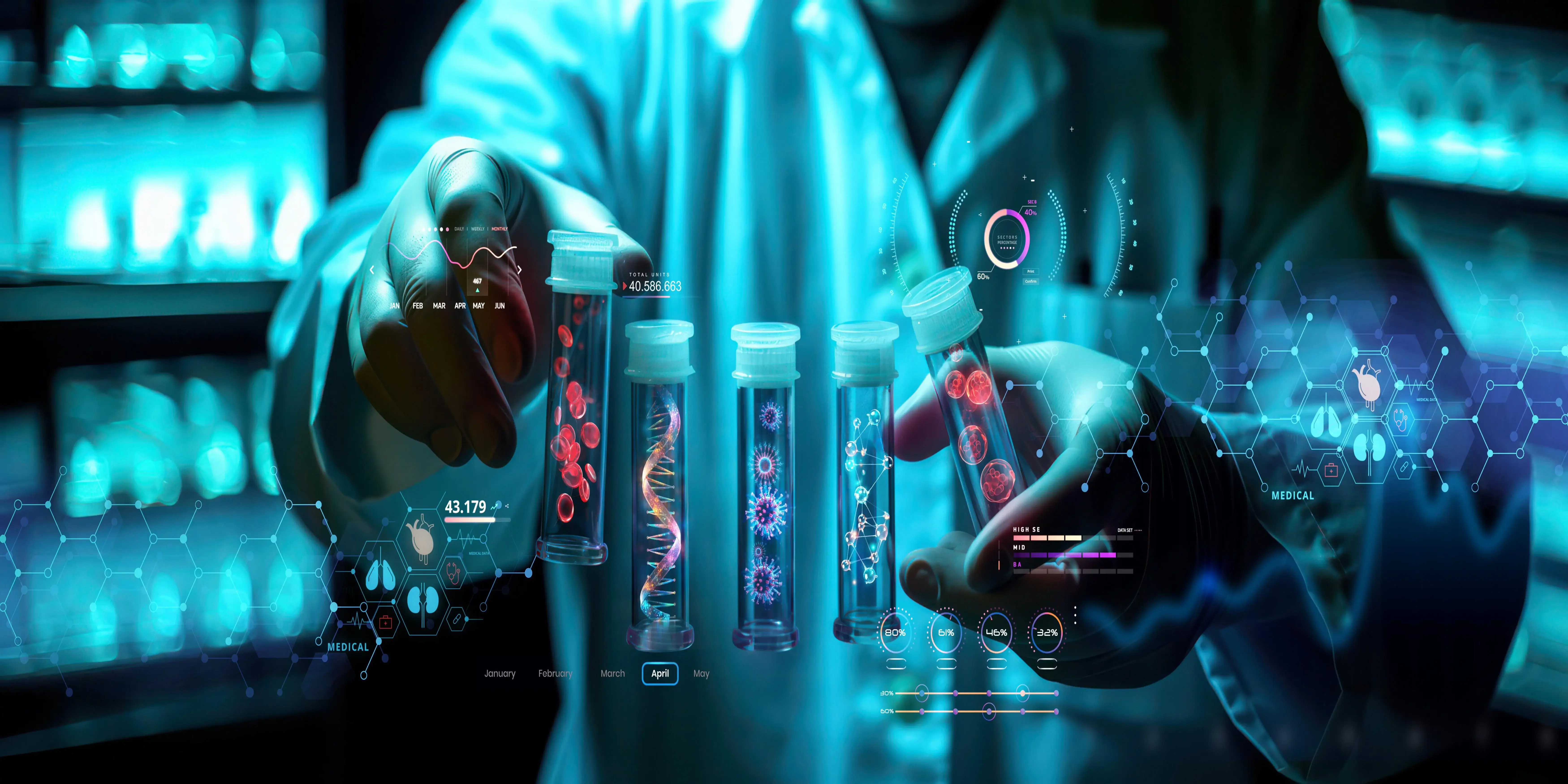These are carried out in phases or stages and prove vital to advancing medical research into such new medicines and therapies to finally bring them to the market. In order that a treatment is safe, effective, and of good care to the patient, they have to be conducted in a series of phases or stages. Each step of a clinical trial serves a very specialized purpose, and it builds on the findings of the previous step, while contributing information on how the drug is actually interacting with the patient's body. Therefore, this post aims to take a closer look at numerous stages of clinical trials, starting from pre-marketing testing up to post-marketing surveillance, clarifying the goals and procedures of each stage.
Exploratory, First-in-Human Trials
clinical trials are the first phase of human testing. The number of individuals making up this phase is small and is also commonly referred to as the exploratory phase. Phase 0 is done for background information related to the pharmacokinetics of the drug-the rate at which the drug is distributed, metabolized, eliminated, and absorbed in the body.
The Purpose
The purpose of Phase 0 is to ascertain whether the drug acts in humans in a manner consistent with preclinical studies. In order to achieve minimal risk for subjects and to make possible precious information about the effects of the drug on the human body, the researchers consider very small doses.
Duration and Scope
Usually, it involves less than fifteen participants who are given the treatment for weeks under a few, mainly under fifteen participants. The risks involved are minimal since the dosages are minimal; the primary aim is to understand the pharmacological properties of the drug.
Primary Objectives
The primary purpose of Phase 1 is safety. Researchers seek to discover the highest dose safe for patients yet not one that could lead to possible toxicity. This phase must be finished for the drug to be confirmed as a safe medicine for human use.
Study Design and Duration
Although the targeted disease patients can also be used as subjects, the more classic phase 1 study is on a healthy volunteer population over many months. Different dosage techniques, such as multiple ascending doses (MAD) and single ascending doses (SAD), are used to achieve an optimal balance between safety and efficacy.
Efficacy and Side Effects
Primary Objectives
It aims to determine if the medication for the intended condition it was designed for really works. They are also continuing to monitor its safety by testing dosages above and below standard levels to understand effectiveness and side effects.
Design and Methods
There are often randomized and controlled in practice, but some of the participants receive a placebo, or the treatment being given to others as part of the standard of care. In general, phase 2 trials are double-blinded-that is, neither the participants nor the investigators know who is receiving the active medication.
Purpose
It is intended to provide a more detailed description of the safety profile of the drug and to validate the efficacy of the treatment noted in previous phases. These studies are essential as they provide the information required to seek regulatory approval from the FDA or the EMA, among others.
Population and Study Design
This type of research brings together a diverse set of patients to ensure that the efficacy of the drug is uniform across various groups of people. Phase 3 tests usually involve randomization, double-blind placebo-controlled to establish the outcome's validity.
Duration and Complexity
It's studies are very complex and quite extensive; long time-series data develops as a consequence. Results often take several years to complete before being submitted for final regulatory approval before a drug can be consumed by the general public.
Post-Marketing Surveillance
Purpose
It's aims to ensure that despite availing the drug to the general public, the benefits derived outweigh the risks associated with it. It also provides opportunities for studies of the drug in other populations as well as concomitance with other treatments.
Monitoring and Reporting
This phase ensures that the adverse events documented by the healthcare providers and patients get reported to regulatory authorities. In extreme cases, it might result in the drug being withdrawn from the market or a statement on enhanced safety warnings or dosages. Continuous monitoring ensures that a new safety concern is addressed immediately.
Conclusion
Clinical trials are significant because they offer a systematic way to test the safety and effectiveness of developing new medications and treatments. All the phases, from exploratory Phase 0 through the postmarketing surveillance Phase 4, play an important role in determining whether a drug should be available for public use. It helps to understand the complexities of these stages in experimental stages, in which the harsh test drugs undergo before becoming available in the markets to assure patients of receiving safe and efficient remedies.



